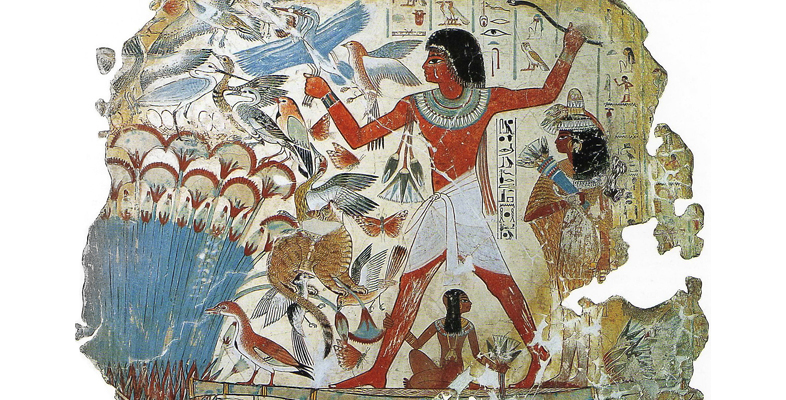Acknowledgements
Except for third party materials and otherwise stated (see terms and conditions [Tip: hold Ctrl and click a link to open it in a new tab. (Hide tip)] ), this content is made available under a Creative Commons Attribution-NonCommercial-ShareAlike 4.0 Licence.
The material acknowledged below is Proprietary and used under licence (not subject to Creative Commons Licence). Grateful acknowledgement is made to the following sources for permission to reproduce material in this course:
In line with the British Museum’s wishes and aims to encourage the dissemination and use of information about their collections, The Open University is delighted to confirm that all content credited to © The Trustees of the British Museum is also made available under a Creative Commons Attribution-NonCommercial-ShareAlike 4.0 International (CC BY-NC-SA 4.0).
Figures
Figure 1 Edgar Degas, Café Concert (also known as Cabaret), 1876–1877, pastel over monotype on paper and board, 22 cm x 41 cm. Corcoran Gallery of Art, Washington D.C., William A. Clark Collection, 26.72 Photo: © Corcoran Gallery of Art
Figure 2 Sculpture of Rameses II (EA 19) © Trustees of the British Museum
Figure 3 Papyrus of Hunefer, early Nineteenth Dynasty (EA 9901/3) © Trustees of the British Museum
Figure 4 London office building influenced by Egyptian style Courtesy of Paul Wood (The Open University)
Figure 5 Detail of the above, showing papyrus-topped columns, and monumental cats flanking the Courtesy of Paul Wood (The Open University)
Figure 6 Chief baker of Amun, Padiamenet, making an offering to Osiris, early Twenty-second Dynasty (EA 10063) © Trustees of the British Museum
Figure 7 Hunting in the marshes fragment (EA 37977) © Trustees of the British Museum
Figure 8 Part of the banquet fragments (EA 37986) © Trustees of the British Museum
Figure 9 Decoding the Nebamun paintings: 7 scenes. Details from the Nebamun paintings (EA 37984, EA 37978, EA 37982, EA 37976). © Trustees of the British Museum © Trustees of the British Museum
Figure 10 Archibald Archer, The Temporary Elgin Room at the British Museum, 1819. (PD 1935–3–9–3) © Trustees of the British Museum
Figure 11 Cappella Scrovegni (Arena Chapel), Padua, by Giotto Courtesy of Web Gallery of Art
Figure 12 Henry Salt, an engraving from a portrait by John James Halls © Trustees of the British Museum
Figure 13 The main area of the hill of Dra Abu el-Naga, showing the area excavated by the Egyptian–Spanish mission. The Theban peak, overlooking the valley of Deir el-Bahri, is visible on the left © ‘Proyecto Djehuty’, Spanish Mission at Dra Abu el-Naga 2005
Figure 14 The paintings displayed in the upper Egyptian galleries in The British Museum in the late twentieth century © Trustees of the British Museum
Figure 15 Lawrence Alma-Tadema, Joseph, Overseer of Pharaoh’s Granaries, 1874, oil on panel, 35 cm x 46 cm. Dahesh Museum of Art, New York, 2002.38 Photo: Dahesh Museum of Art/Bridgeman Art Library
Every effort has been made to contact copyright owners. If any have been inadvertently overlooked, the publishers will be pleased to make the necessary arrangements at the first opportunity.
Don’t miss out:
1. Join over 200,000 students, currently studying with The Open University - http://www.open.ac.uk/ choose/ ou/ open-content
2. Enjoyed this? Find out more about this topic or browse all our free course materials on OpenLearn - http://www.open.edu/ openlearn/
3. Outside the UK? We have students in over a hundred countries studying online qualifications - http://www.openuniversity.edu/ - including an MBA at our triple accredited Business School.
